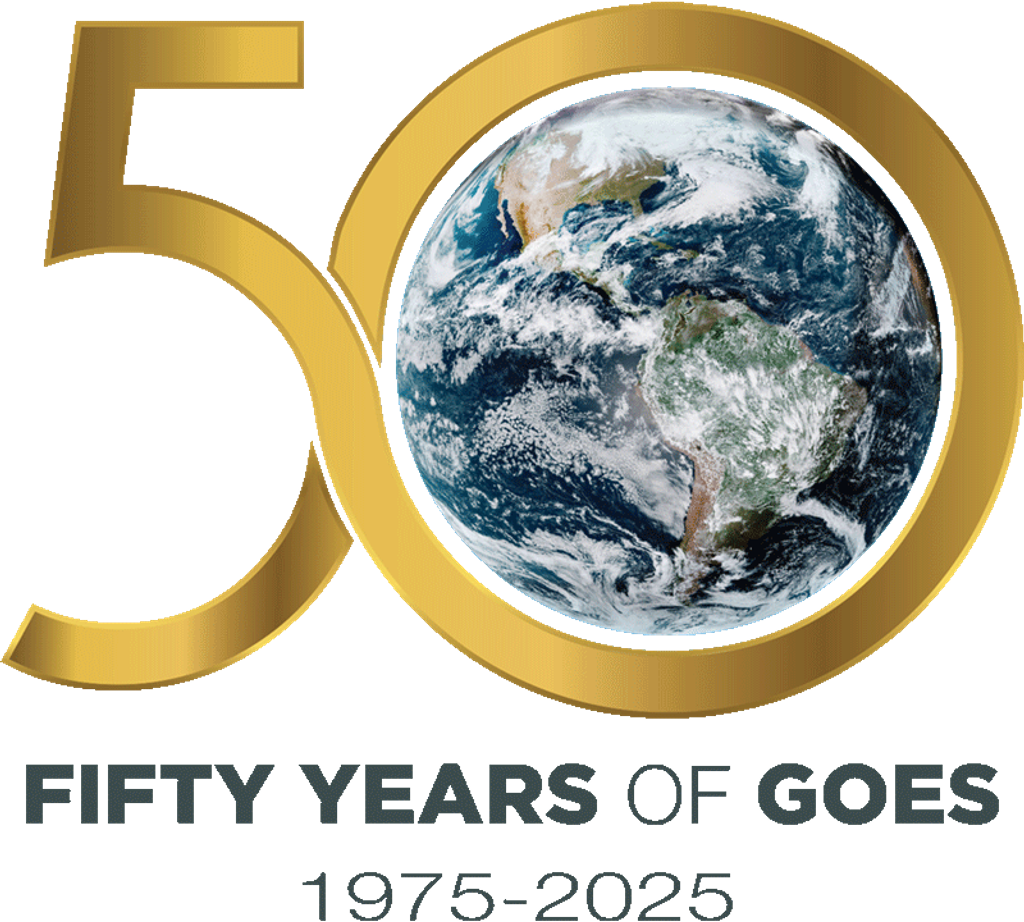The NASA-ESA Solar and Heliospheric Observatory (SOHO) spacecraft captured this extreme ultraviolet wavelength image of the Sun on Feb. 24, 2015, during a three-hour period in which our closest star blew out a coronal mass ejection along with part of a solar filament. While some of the strands fell back into the Sun, a substantial part raced into space in a bright cloud of particles.
Launched in December 1995, the joint NASA-ESA SOHO mission, was designed to study the Sun inside out. Though its mission was scheduled to run until only 1998, it has continued collecting data, adding to scientists’ understanding of our closest star, and making many new discoveries, including more than 5,000 comets.
NASA continues to study the Sun with various spacecraft. Soon, there will be three new ways to study the Sun’s influence across the solar system with the launch of a trio of NASA and National Oceanic and Atmospheric Administration (NOAA) spacecraft. Expected to launch no earlier than Tuesday, Sept. 23, the missions include NASA’s IMAP (Interstellar Mapping and Acceleration Probe), NASA’s Carruthers Geocorona Observatory, and NOAA’s SWFO-L1 (Space Weather Follow On-Lagrange 1) spacecraft.
Image credit: NASA



























